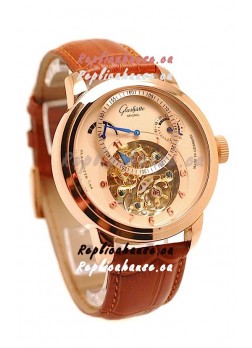Glashuette
The elegance of Glashütte replica watches is timeless, and when paired with Japanese movement, they become even more appealing. Known for durability and precision, the Japanese mechanism ensures each piece runs smoothly, while the design captures the spirit of classic European craftsmanship. These watches are perfect for anyone looking to wear sophistication without excessive cost.



















